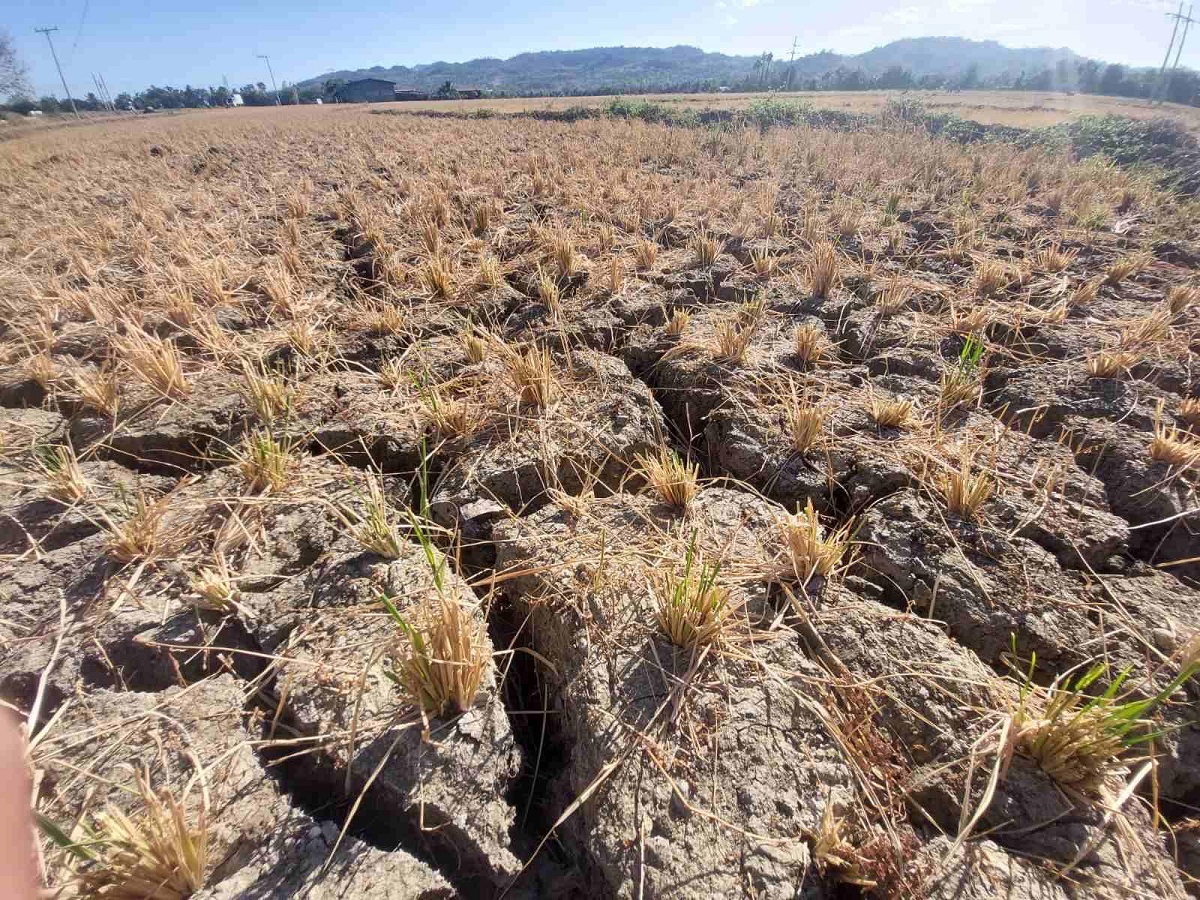DOST: El Niño effects to be felt until August
DROUGHT IN 54 PROVINCES By ANNA FELICIA BAJO, GMA Integrated News Published March 26, 2024 12:26pm Department of Science and Technology (DOST) Secretary Renato Solidum Jr. said Tuesday that the impacts of the ongoing El Niño would continue until August. At a Palace press briefing, Solidum provided the figures on how many provinces will be affected […]


DROUGHT IN 54 PROVINCES
By ANNA FELICIA BAJO, GMA Integrated News
Department of Science and Technology (DOST) Secretary Renato Solidum Jr. said Tuesday that the impacts of the ongoing El Niño would continue until August.
At a Palace press briefing, Solidum provided the figures on how many provinces will be affected by the drought and dry spell due to the phenomenon from April to August.
”The forecast for the ongoing effects of El Niño would continue for April – we have 48 provinces to be affected by drought; 24 dry spell; but by May, it will be 54 provinces to be provinces to be affected by drought and 10 dry spell. So, almost the same if you combine both the drought and dry spell but the drought-affected provinces will continue to persist based on DOST-PAGASA’s outlook – 25 by June, 23 by July and 10 by August,” Solidum said.
The DOST chief also said there would still be some provinces affected by the combined effect of El Niño and the preparation for La Niña.
”Hence, we need to continue doing the operations for El Niño preparedness but also keeping in mind that we need to prepare for La Niña in the second half of the year,” he said.
Earlier, Solidum said that there is a 62% chance that the country will experience La Niña by June.
“Although the El Niño will transition to neutral by April, May, June 2024 season, there is also the increasing probability of La Niña at 62% in June, July, August season,” said Solidum.
The El Niño phenomenon is characterized by the abnormal warming of sea surface temperature in the central and eastern equatorial Pacific Ocean and below normal rainfall.
La Niña, on the other hand, is usually associated with above-normal rainfall conditions. Its potential adverse impacts include floods and landslides in vulnerable areas, according to PAGASA
Meanwhile, Solidum mentioned that the El Niño Southern Oscillation platform has been created by DOST through PHIVOLCS, with inputs from DOST-PAGASA and all the agencies, that addresses five sectors such as food, water, health, public safety and energy.
”The public can actually look at the platform to know more about these different sectors, what the government agencies are doing. But they can also look at information materials that can help them prepare for El Niño and later on, La Niña and to make sure that they contribute to the preparedness of their communities for these hazards,” Solidum said.
State weather bureau PAGASA declared the start of the El Niño phenomenon on July 4 last year.
The El Niño phenomenon is characterized by the abnormal warming of sea surface temperature in the central and eastern equatorial Pacific Ocean and below normal rainfall. —VAL, GMA Integrated News














